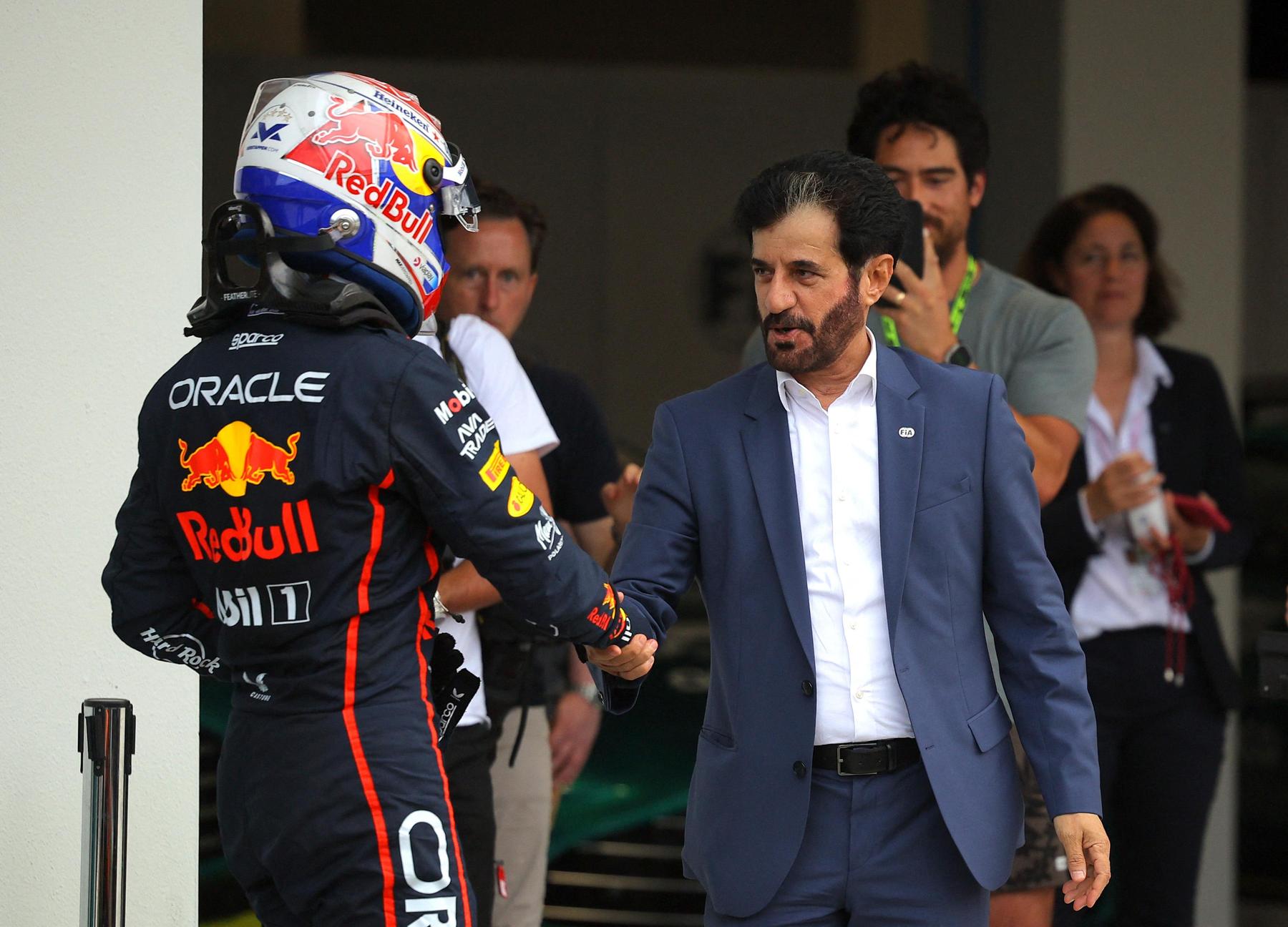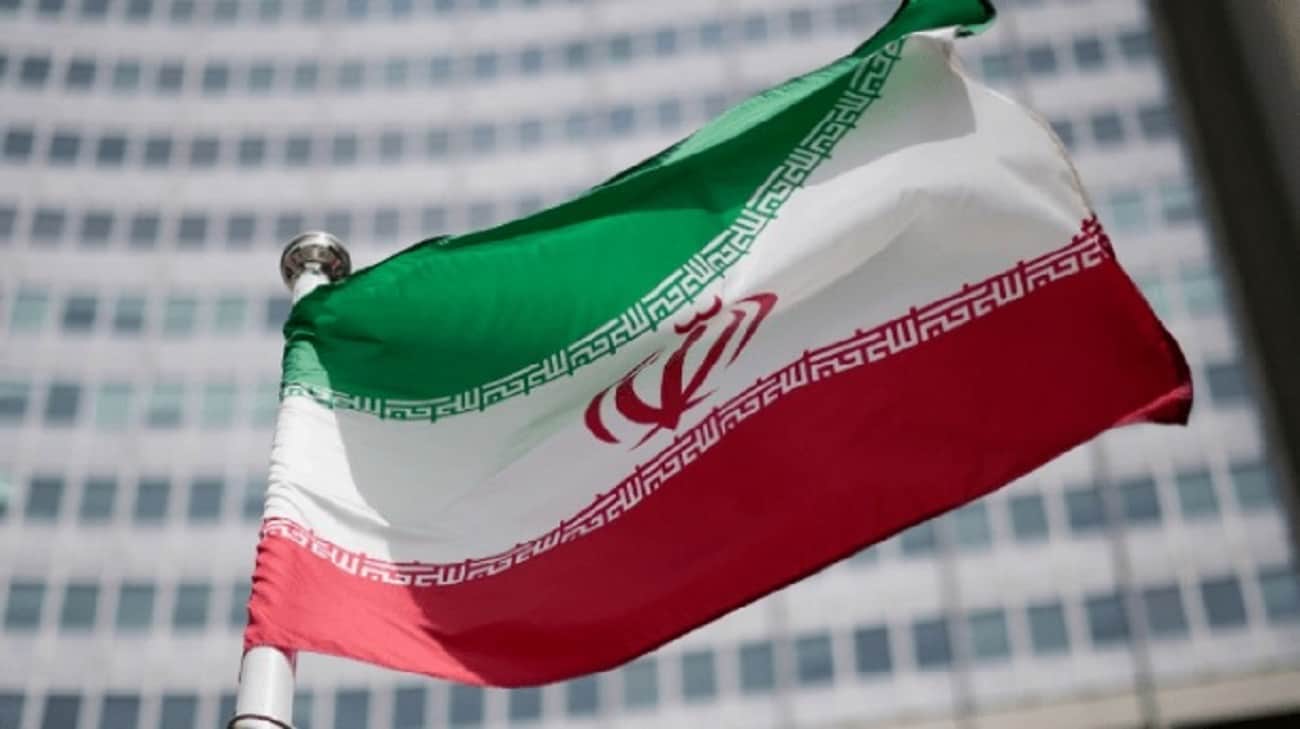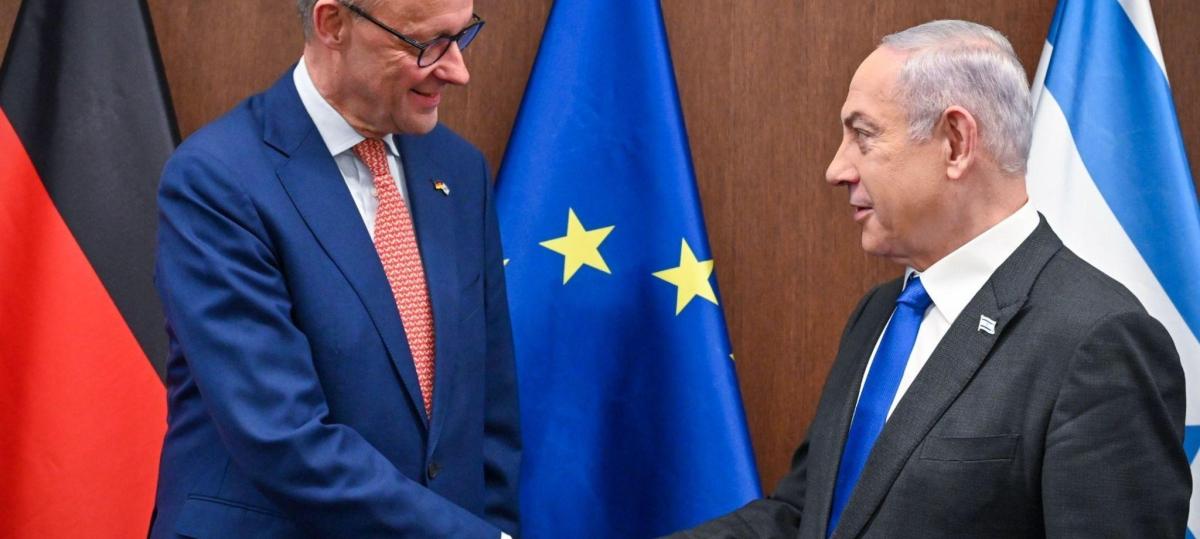The emotional May 15, 1955 – Diepresse.com

There is no more emotional moment in the history of the second republic than the ceremony to the state contract.
A few days ago, people stood in front of the entrance to the upper Belvedere. It was not just the usual tourist mass, this time there were more Viennese than usual – and it was probably not because of the free entry. Many simply wanted to linger again for a few minutes in the famous marble hall, which they had visited so many times, and take a look at the balcony from which Leopold Figl had shown the state contract certificate on May 15, 1955.
To date, there is no moment in the 80-year history of the Second Republic that has caused as many emotions as this. The people at that time were not only crowded in the garden of the Belvedere, but also on the streets of the city. There was no television yet. Nobody wanted to stay at home on this radiant spring day, but be near the event. The feeling that a decisive turn was made here has been kept to this day, although the number of those who were there has become manageable 70 years later. The ceremony, which is so often described and captured in the picture, sustainably shaped the memory of an entire population.
« Austria’s people cheered »
Sentences of politicians and the feelings of people in the country: to make a harmony here only succeed in rare cases. With Leopold Figl’s sentence « Austria is free! » was there such a moment. Everyone has it in his ear. Figl loved the rhetorical pathos, but on this occasion it was not inappropriate. « A 17 -year -old thorny path of lack of freedom has ended, » he said. « We waited ten years for this day. Today the day came, Austria’s people cheered, Austria’s people thanks for freedom. (…) With thanks to the Almighty, we want to set the signature. » The words in the marble hall were spoken, when signing that nobody would have heard him on the balcony because of the jubilation.
Finally, almost exactly ten years after the end of the war, the feeling of ineffectiveness was over. The future was open. The time of the crew was not only one of the economic reconstruction and constant struggle for his own independent path in the administration of Austria, but also a way to a new identity. Now a crucial step towards Nation Building was possible, something that very much had thought of in 1945. This Austria had not come to rest since June 1914, Fritz Molden wrote on May 15th in the editorial of the « Press ». Now that was possible.
In April 1955 the breakthrough, which had been unthinkable a few months earlier. We know from the memories of Bruno Kreisky, then State Secretary, who surprised the invitation to Moscow on March 24. She called « considerable confusion because nobody knew what the Russians actually wanted from us ». It was even considered conceivable that the iron curtain would be raised on the Enns, the Russian-American demarcation line. The fear soon subsided in the Kremlin. The events that led to Moscow Memorandum on April 15, 1955 were presented in the last « Press on Sunday ».
Neutrality as a core question
The Soviet representatives declared themselves satisfied after agreement had been obtained about a key question: the neutrality « how it is handled by Switzerland ». « Without neutrality, there would not have been a result in Moscow, » said Chancellor Julius Raab. The official declaration should only be made after the occupation soldiers deducted. One wanted to make it known: not under political pressure, but out of free will a confident state should take this obligation. It was now necessary to make the declaration of neutrality plausible to the western powers. That was not too difficult: First of all, none of the western Allies wanted to be to blame for perpetuation of the state of occupation for Austria if the Soviet Union wanted to withdraw. But above all: Austria had completed three free elections during the occupation. The anti -communist attitude was clear. They also wanted to be a partner of the West as a neutral state in spirit, even if no accession to a western military alliance was possible.
It was an invitation from the Austrian government, which led to the crowning glory, the signing of the State Treaty in Vienna. It bears nine signatures, including that of the Foreign Minister of the Four Occupation Powers. Figl signed for Austria. The congratulations followed. The Soviet representative, World Cup Molotov, praised the event as an example of solving existing international questions.
Nine signatures
The contract had to be approved by the various parliaments and ratified by the heads of state. That was very quick. The certificate was deposited with the agreed landfill state, the Soviet Union. Soon after the signing, the military withdrawal was prepared, it was agreed a period of 90 days, starting with July 27th, the state contract comes into force.
There were new contractual collateral with the ratification: Austria was now a sovereign state with a precisely defined territory within the borders of 1937. This all over the area wishes, both the Austrian to the neighbors and vice versa. The respect for human rights was laid down, including minority protection for Croatians and Slovenes, which were given the opportunity to develop cultural development. Austria was able to build an army based on general conscription and without numerical restrictions. Due to the neutrality law, the country was encouraged to defend its sovereignty and territorial integrity with the use of the available military means. Austria committed to compensation for the « racial reasons » who had been withdrawn.
The evacuation period was observed precisely: On October 25, 1955, the last Allied occupation soldiers, British, left Austria on the border with Thörl-Maglern. There was only a farewell party for a British colonel on October 29 in Klagenfurt.
Published
« The second republic.
Austria from 1945 ”:
Volume 24 of the « Press »-
History series,
Written by Günther Haller.
106 pages, 14.99 euros
(Club advantage: 12.99 euros).
Available at:
shop.diepresse.com








